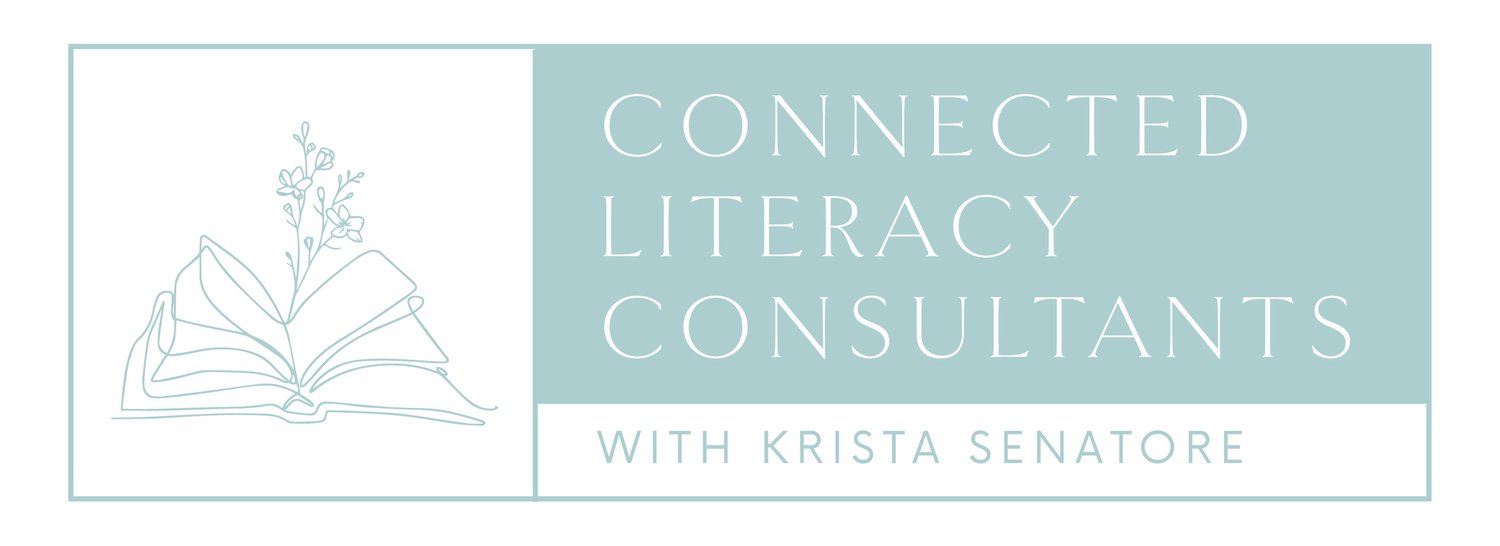Building the Classroom library with students
Last spring, I noticed that some of my students relied on me to help them select books for independent reading. They waited for me to point them to the areas of our classroom library that might interest them. While I am happy to help, I realized that they did not know our library as well as I would hope. I decided to try something new this year. Rather than set the library up before students arrived, I had my students build the library with me.
Steps to building a classroom library with students
Explain the mission! I told students that I was unable to get into my classroom this summer and set up the library (true story). I asked for their help organizing our large stacks of books and creating labels for book bins so that we could easily find them.
Brainstorm ways to organize the library. My students and I brainstormed possible categories for our books (genres, authors, themes, topics, etc.) and I recorded their responses on a chart. This was a great opportunity to review types of genres and their characteristics.
Guide students in categorizing sets of books. I gathered students in a whole group taught them how to categories books through a mixture of modeling and inquiry.
Start with a set of books with an obvious category: series that share the same title. For example, I Survive books.
Move to a stack of books where the connection is less obvious. I took a stack of books with sequels. For example, From the Desk of Zoe Washington and On Air with Zoe Washington by Janae Marks.
Look at a set of books that were not so obviously connected. This is where the hard work happens. I modeled reading the title and the book summary on the back of the book. I asked students to consider the following:
What is the book’s problem and setting?
How are these books in your connected?
What might be a good title for this book bin?
Provide small group practice: Break students into groups of four to repeat the process with another stack of books. Note: To scaffold learning, I gave students stacks that shared common characteristics.
Teach students to grow their TBR. Encourage students to keep their reading notebook handy so they can add to their “To Be Read” (TBR) list as they discover titles in our library that interest them. I also invited them to set a book aside if it really caught their attention.
Decorate bin labels. Once we had book bin titles, students volunteered to decorate the labels.
Repeat the process with nonfiction texts. Discuss the types of nonfiction such as narrative, informational, active nonfiction, browsable nonfiction. Organize accordingly.
A sample of students’ designs for book bin labels.
The Results
Students make previewing books a habit. I have noticed how often students skip reading the back cover and just go right to the first page. This experience, coupled with teaching the value of previewing texts, offers students an authentic purpose for reading the back or inside cover of a book.
Students engage in rich conversation about different ways to categorize books. Students discovered that there is no one right label. Books can be categorized in different ways.
Teacher is inspired to let go of some books. In the past, I have prided myself on how many book bins my library holds. This process taught me that when it comes to libraries, sometimes less is more. What is the point of having all these bins if students do not read the books inside them? After a few days, I noticed that few students went over to the I Survive books. When I brought this to their attention, the class shared that they had already read most of them and suggested that we give the books to a fourth grade classroom.
Students selected their first independent reading books organically. It is hard to not get excited about books when you hold them in your hands and read their summaries!
Creating book bin labels yields opportunity for student self expression. Witnessing how students decorate the book bin labels revealed aspects of their personality.
JOY! Seeing the labels and the ways they organized the bins brings me so much joy!
A few of our book bins containing fiction titles.
This experience set the tone for a classroom of engaged readers. Because students had a hand in organizing the library, they feel a sense of ownership. The classroom library is not something for them to get to know and explore, but rather, a treasure trove of books they are eager to read!



